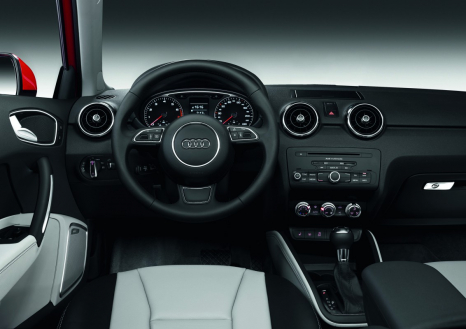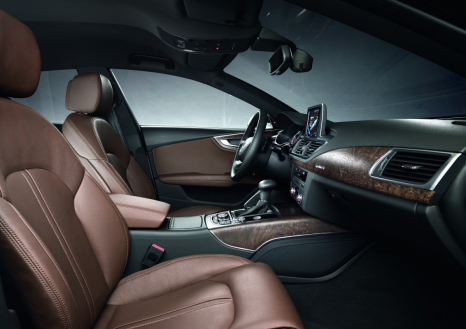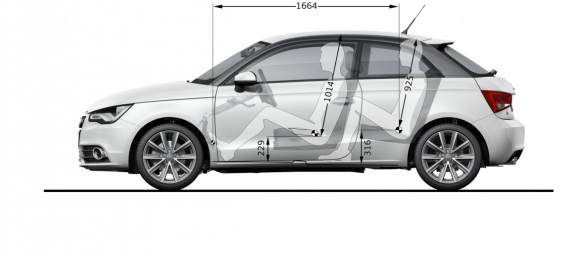Controls and displays
Clearly structured and intuitive controls are one of Audi’s great strengths. This is true of every model, from the A1 to the R8 and from the Q7 to the A8. The driver is perfectly integrated in the cockpit of every Audi. The large instruments can be easily read at a glance. Every last control element is logically arranged; each of them provides clear and precise haptic and acoustic feedback when it is actuated.
While this may sound simple, it is actually the result of exhaustive development work. At Audi, multiple teams address the various aspects of controls. They develop and optimize the brand’s specific actuation haptics, provide for the corresponding acoustic feedback and ensure that all displays and control elements are consistently and pleasantly illuminated. In addition to their own expertise, they draw on the findings of customer and user studies plus the capabilities of a state-of-the-art laboratory for this work.
One example of controls that have been perfected down to the last detail concerns the adjustable seats in the A8. Here the engineers have greatly reduced the number of control elements. All primary adjustments continue to be made via switches on the side of the seat. A new separate control element controls the secondary functions, such as adjusting the side bolsters or the massage functions. When using this control element, each step is visualized in high resolution on the large MMI monitor.
Audi offers the convenience key in many models, beginning with the compact A1. The driver does not have to take the key out of his or her pocket to unlock the car – a tug on the door handle suffices. The ignition and the engine are started using a start-stop button. Small buttons on the door handles are used to lock the car after disembarking.
Status: 2011


